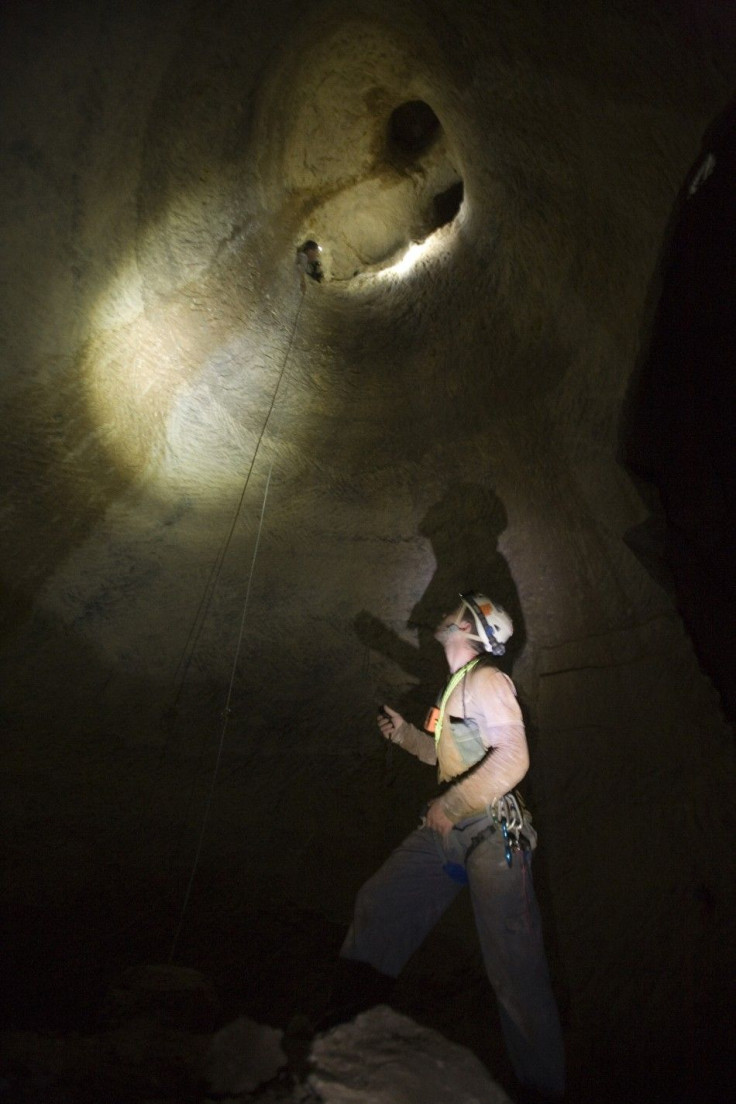Researchers Link Ancient Climate Variations To Human History

A remote cave study has uncovered clues to ancient climatic conditions that researchers say might have influenced various historical events. The unique in-depth analysis of the Scottish cave has helped researchers study the 3,000-year-long record of climatic variations.
According to EurekAlert, the data collected during the study of the five stalagmites in Roaring Cave, north of Ullapool in northwest Scotland, depict the climatic variation spanning across a period of 3,000 years. The researchers believe the variation might have triggered major historical events, such as the Viking Age of Empire and the fall of the Roman Empire.
During the study, the team from the University of New South Wales, Australia, studied the limestone formation in the cave and compiled the cave measurement to observe the changes in the North Atlantic Oscillation (NAO), a climatic phenomenon that occurs over the North Atlantic Ocean. It occurs due to the variation in the atmospheric pressure at the sea level.
“Our results also provide the longest annual record of this important phenomenon, which has a big impact on the climate in Europe,” said Professor Andy Baker, the study's lead author. The study result has revealed that the level of NAO was unusually high during the Medieval Warm Period, which lasted between 1080 and 1430. The phase thus resulted in drier conditions in the western Mediterranean, while it rained heavily in Scotland.
Baker further claimed that another such high NAO phase prevailed between 290 and 500, and coincided with the decline of the Roman Empire. In addition, this phase also marks the human migration during the Dark Ages.
According to the researchers, the positive NAO was followed by a long negative phase between 600 and 900 that resulted in warm conditions in the northwestern Europe. The climatic variation from positive to negavtive and the resulting suitable climatic conditions is believed to have facilitated the expansion of the Vikings toward the west.
The complete study has been published in the journal Scientific Reports.
© Copyright IBTimes 2025. All rights reserved.





















